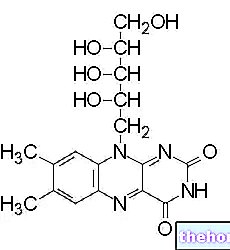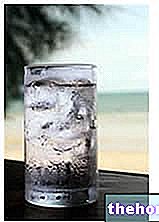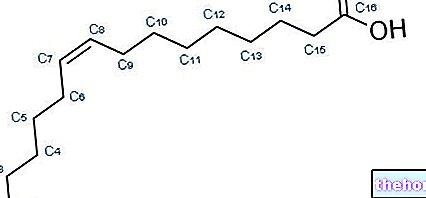Fats and Lipids: are they the same thing?
The lipids introduced with the diet are, in the vast majority of cases (> 90%), represented by triglycerides. In addition to these molecules, also called triacylglycerols, in commonly used foods we can also find a small amount of cholesterol, cholesterol esters , phospholipids and free fatty acids.
A FUN FACT: although they are used as such, the terms "fats" and "lipids" are not synonymous. Fats are in fact represented by triglycerides alone, while the term lipids includes, in addition to the aforementioned, also cholesterol, phospholipids and many other substances soluble in organic solvents but little or not at all soluble in water (terpenes, steroids, sphingolipids, waxes, etc.) .
Fatty acids can be divided into saturated or unsaturated, based on the presence or absence of double bonds between the various carbonaceous units. When these are absent, the fatty acid is called saturated; otherwise, we speak of unsaturated fatty acids. The latter, in turn, are divided into monounsaturated, when they have a single double bond, and polyunsaturated, when they contain two or more double bonds.
The presence of unsaturated fatty acids lowers the melting temperature of the triglyceride; for this reason the oils are liquid at room temperature. Triglycerides which, like those contained in butter, are solid under the same conditions, are instead called fats.

Most of the fatty acids present in the body are contained in triglycerides, phospholipids and cholesterol esters. These lipid molecules are transported into the plasma by lipoproteins. There is also a small amount of free fatty acids, which in the bloodstream is carried by the "albumin.
Triglycerides (TG) are also called neutral fats, because the three fatty acids that constitute them bind the carboxylic group, thus losing their negative charge.
Functions of dietary lipids
Lipids have many functions:
they are a concentrated source of energy (one gram of lipids in fact provides 9Kcal, more than double those provided by carbohydrates and proteins).
They carry fat-soluble vitamins (also for this reason it is dangerous to excessively lower the intake of dietary fats; in fact, if the diet is permanently and extremely low in fats, you can run into important vitamin deficiencies);
They provide essential fatty acids (AGE), very important because they must necessarily be introduced with the diet.
They make foods more palatable; the taste of food is in fact linked to the presence of fats. For this reason, a low-fat diet is generally difficult to follow.
They act on long-term satiety, delaying the onset of hunger; lipids are in fact a real concentrate of energy, distributed in an extremely small volume; for this reason, you risk consuming many calories before feeling full. However, thanks to their high energy charge, over time they tend to postpone the need to take food again.
The lipids are therefore not very satiating immediately, but act on long-term satiety, delaying the onset of the new hunger stimulus.
Functions of lipids in the body
The adipose deposits of the organism are formed by triglycerides accumulated inside the adipocytes in liquid form, since the body temperature exceeds their melting point.
The triglycerides contained in the adipose tissue are the main energy reserve of the organism.
They accumulate fat-soluble vitamins.
Fat deposits protect against trauma and shape the body figure.
They work as a thermal insulator and, if necessary, can be metabolized to produce heat (brown adipose tissue).
Lipids have a structural function (cell membranes, myelin, hydrolipidic film).
They also possess metabolic functions (cholesterol is a precursor of various molecules; AGEs are precursors of eicosanoids).
To know more:
Cholesterol
Omega3 and omega6 fatty acids
Fats and health





























